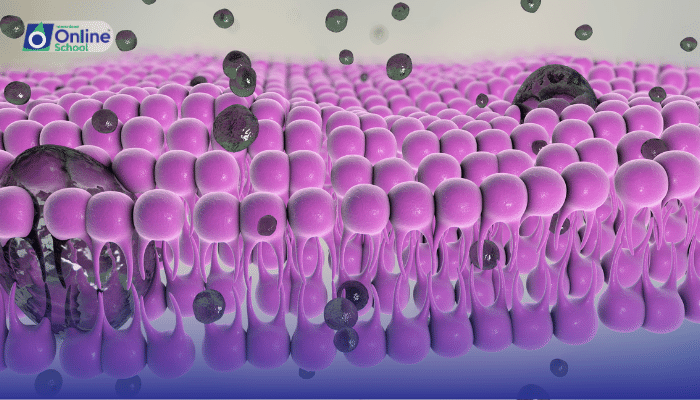
Learning Outcomes:
i. Students will understand the role of the cell membrane in maintaining equilibrium within the cell.
ii. They will explore how the cell membrane regulates the exchange of matter between the cell and its environment.
Content:
i. The Cell Membrane: A Selective Gatekeeper
The cell membrane, a bi-layer of phospholipids with embedded proteins, acts as a selective barrier that regulates the entry and exit of substances.
This selective permeability ensures that essential nutrients are brought in, waste products are expelled, and harmful substances are kept out.
ii. Balancing Act: Exchange and Equilibrium
By using various transport mechanisms such as passive transport (diffusion, facilitated diffusion, and osmosis) and active transport, the cell membrane maintains the cell's chemical balance.
These processes work together to keep the internal conditions of the cell within the narrow ranges necessary for cell survival, a state known as equilibrium.
List of Important Questions for Self-Study:
i. What is meant by the selective permeability of the cell membrane?
ii. How does the cell membrane contribute to homeostasis within the cell?
iii. In what ways do transport proteins facilitate the exchange of matter across the cell membrane?
iv. How do diffusion and osmosis differ, yet both contribute to cellular equilibrium?
v. What role does active transport play in maintaining equilibrium in cells?
vi. Why is it important for cells to control the concentration of ions, such as sodium and potassium, within their cytoplasm?
vii. How can changes in the external environment affect the equilibrium within a cell?
viii. What might happen to a cell if its membrane loses its selective permeability?
ix. How do cells use the cell membrane to communicate with their external environment?
x. Why might a cell need to expend energy to maintain equilibrium?
Important Terminologies Used in Lesson:
Cell Membrane: A cell structure that controls which substances can enter or leave the cell.
Equilibrium: A state in which opposing forces or influences are balanced.
Selective Permeability: A property of cellular membranes that only allows certain molecules to enter or exit the cell.
Homeostasis: The tendency of an organism or cell to regulate its internal conditions, usually by a system of feedback controls, to stabilize health and functioning.
Transport Proteins: Proteins involved in the movement of ions, small molecules, or macromolecules, such as another protein, across a biological membrane.